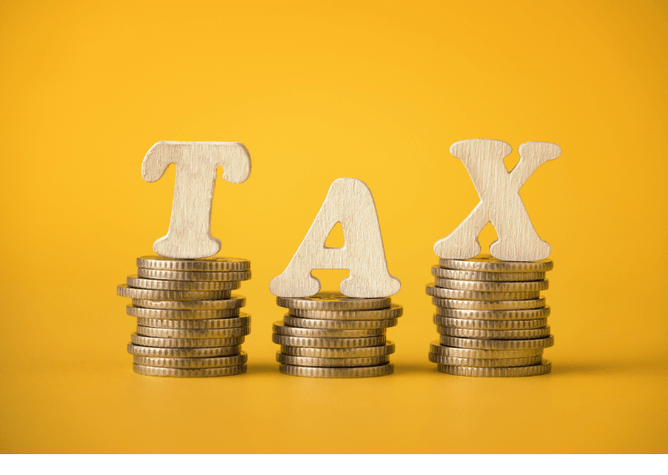So you’re following your dreams & you’ve established a small business as a sole trader. Great!
Now comes the tricky bit- how much should you be saving to pay your tax bill?
It’s often said that you should set aside 30% of your earnings every month to pay your tax bill. And in lots of circumstances, it is a handy rule of thumb. The reason for this, is that the basic tax rate is 20% & National insurance for the self-employed is 6% -class 4 NI- (for 24/25).
But it can be a bit more complicated than that, so we need to take a closer look. Remember that as a freelancer or sole trader you’re taxed on your profits, not your income.
Lets say you’re a freelance graphic designer. You charge £200 for a job and have few expenses, so the £200 is almost all profit. So it’s worth setting aside 30% of that, so £60.
But if you’re an electrician and charge £200 for a job, you might spend £100 on expenses, with £100 left over as profit. So you should set aside roughly 30% of £100 (£30) to pay your tax bill. If you set aside 30% of your overall £200, then you might run into cash flow problems.
As you can see from the above, there isn’t really a savings percentage that can be applied to all. It depends on the nature of your business. If you run a service based business with little expenses, then around 30% might be a sensible percentage to save. Similarly, if you run a business with a lot of expenses, then 10% to 20% might be more realistic. As you’re taxed on your profits not your turnover, it will depend on the amount of profit that you expect to make.
Take the personal allowance into account:
Going back to my example of the graphic designer. If the graphic designer expected to make a £30,000 profit for the year, the 1st £12,570 (for 24/25) will be tax free. Therefore, it wouldn’t make sense to save 30% of the whole £30,000. The taxable amount of your profit will be £17,430 (£30,000- £12,570 = £17,430). It would make more sense to save 30% of the £17,430 (so around £5,229).
Don’t forget about the different tax brackets!
Once your profit hits £50,270 for the year, then you’re in the 40% income tax bracket. You also have 2% National insurance to pay on earnings above this threshold. Therefore, if this applies to you, you will need to save 42% of your estimated profits for the amount above the threshold.
There is also the additional tax bracket to consider which kicks in at £125,140. People earning above £100,000 will also start to lose their personal allowance. I won’t go into detail about the additional tax rate & the loss of the personal allowance at £100,000, as these won’t apply to most people reading this.
Please don’t leave saving until the year end!
It can be tempting to not save anything; please don’t do this!
I know that some people won’t save anything throughout the tax year. As they know they’ve got until the following January to pay their tax bill. They will therefore, save from April up until January, when their tax is due. This really isn’t a good idea. If you lose some key clients or can’t work due to illness, then you’re going to have a bit of a problem!

